Menu
Advantages of Best LED Grow Lights
Buy 2pcs+ Get 10% OFF
Full Spectrum.
380nm-740nm, targeted light spectrum to keep indoor plants vigorous all year round.
Higher Yield.
High light intensity penetrates the canopy and increases the density of buds for a bumper crop.
Lower Heat.
LED grow lights produce less heat than traditional grow lights, reducing the need for additional cooling and helping to keep your grow room at the optimal temperature for your plants.
Longer Lifespan.
ETL/DLC certificated, more than 100000 hours lifespan. Longer service life than HPS grow lights.
All Products
We’ve crafted this lineup of 20 LED grow lights to meet every indoor gardener’s needs. These are our top performers, built with cutting-edge features like full-spectrum coverage, energy efficiency, and long-lasting durability. From compact units for small spaces to high-powered systems for large grow setups, This list shows the best LED grow lights we can offer in 2025.
PHLIZON FD9600 1000W Full-Spectrum+UV/IR Daisy Chain Dimmable Cost-effective High-yield Commercial LED Grow Light for 6×6FT

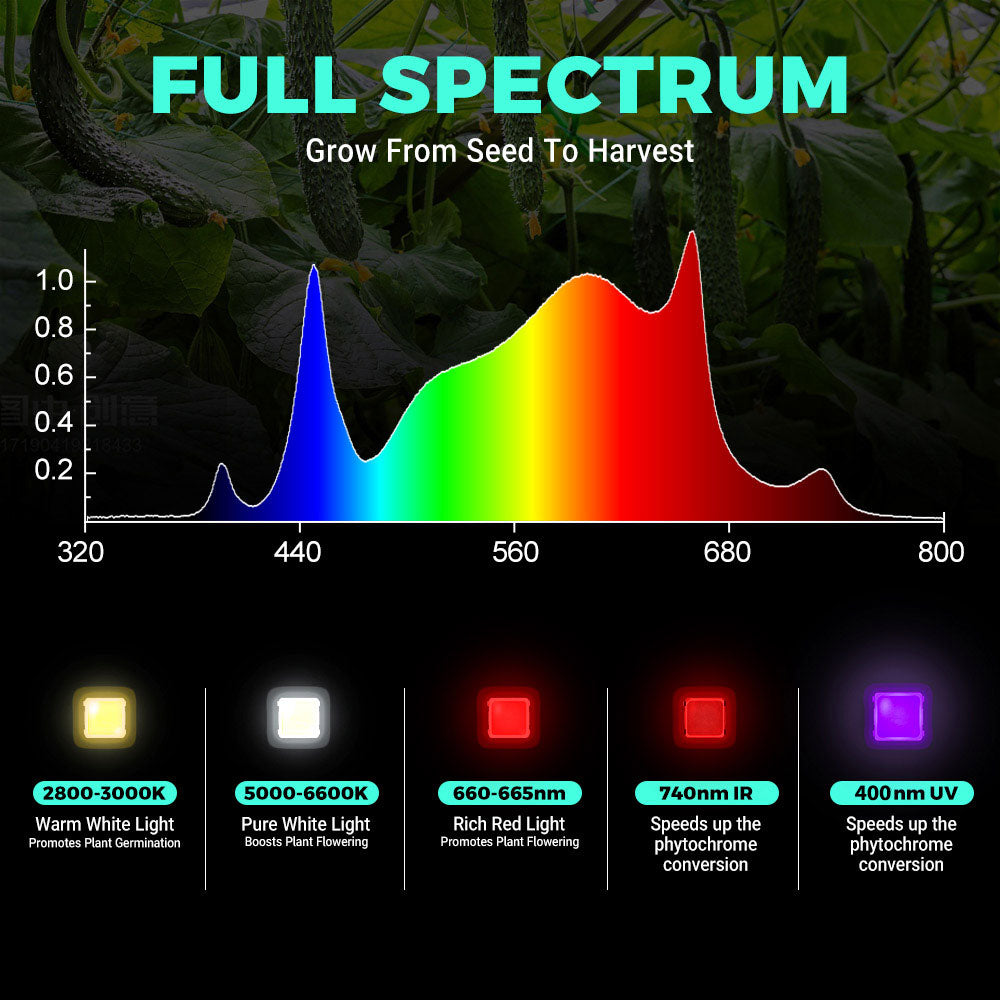
9% off


PHLIZON FD9600 1000W Full-Spectrum+UV/IR Daisy Chain Dimmable Cost-effective High-yield Commercial LED Grow Light for 6×6FT
- Sale price
- US$419.99
- Regular price
- US$459.99
PHLIZON FD6000 640W Full-spectrum Daisy Chain Dimmable Cost-effective High-yield Commercial LED Grow Light for 4×4FT




PHLIZON FD6000 640W Full-spectrum Daisy Chain Dimmable Cost-effective High-yield Commercial LED Grow Light for 4×4FT
- Price
- US$299.99
PHLIZON (PRO-2000)PHX4 240W Full-spectrum Daisy Chain Dimmable LED Grow Light Veg and Bloom Light for 3×3FT
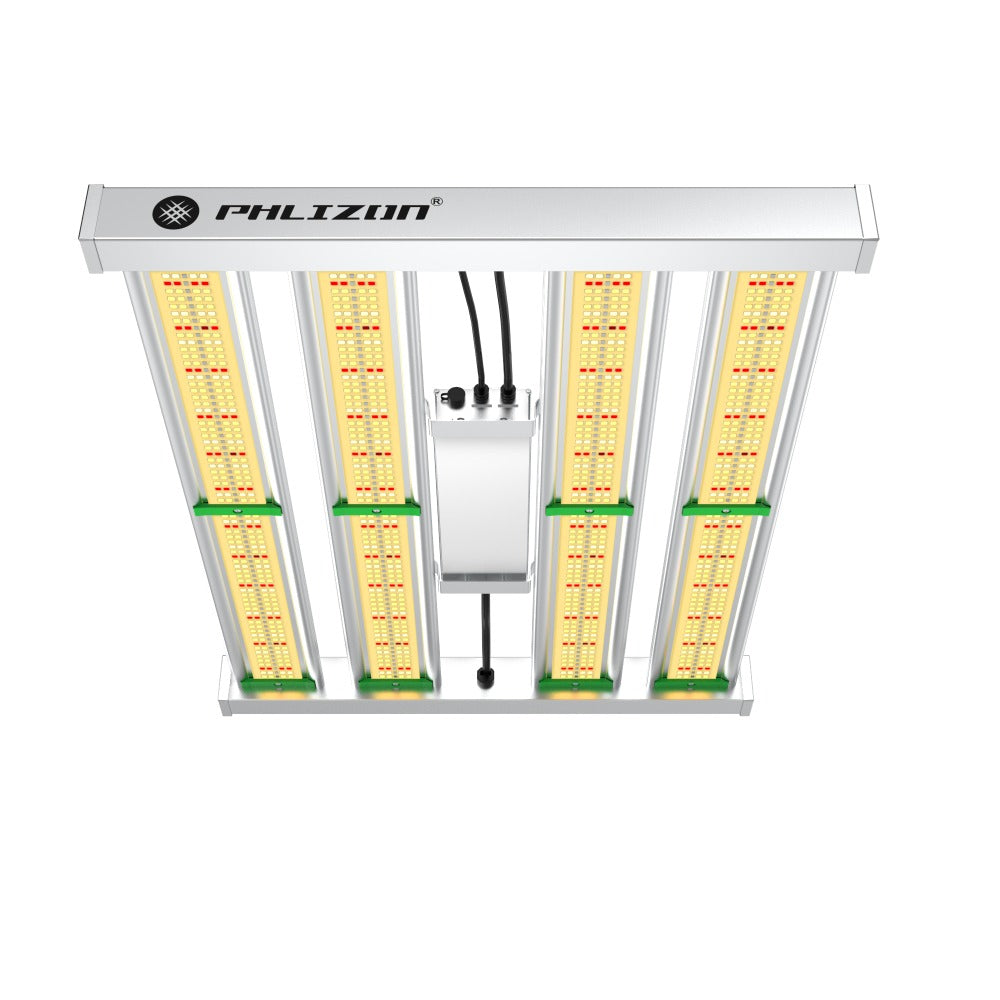
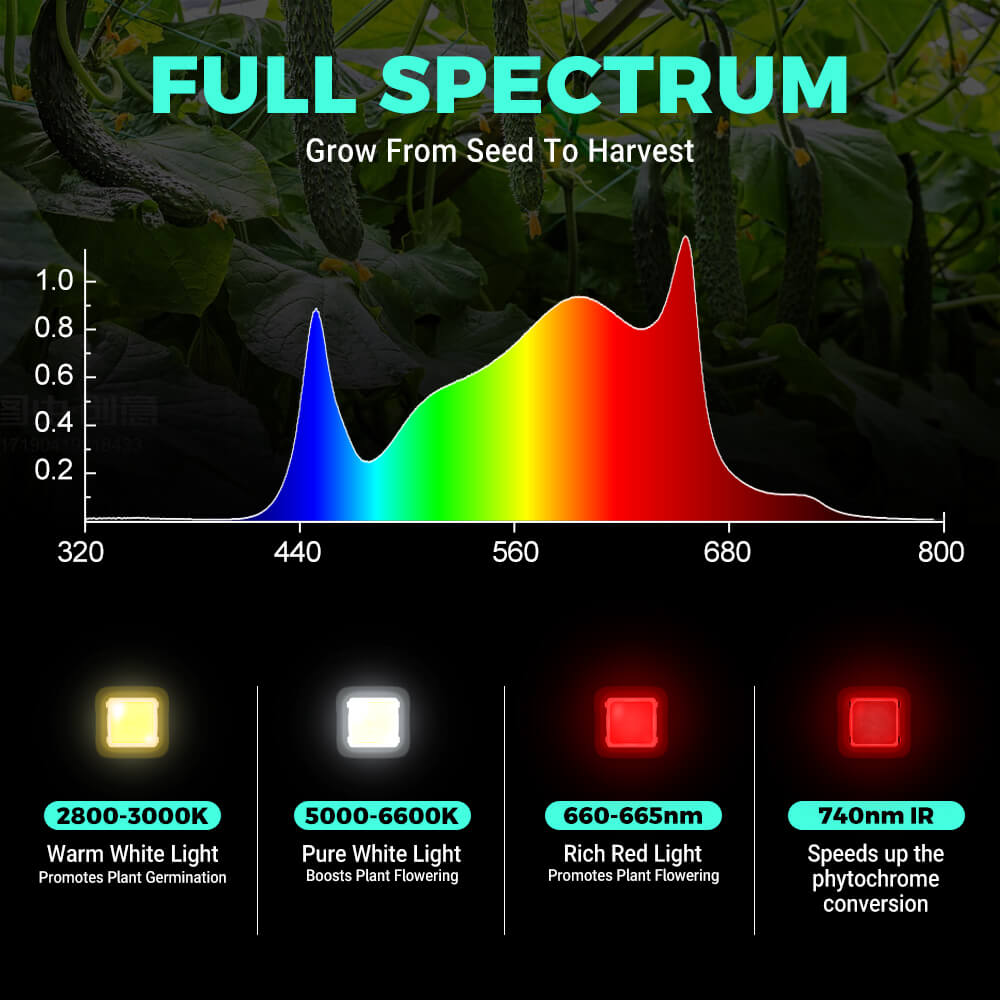


PHLIZON (PRO-2000)PHX4 240W Full-spectrum Daisy Chain Dimmable LED Grow Light Veg and Bloom Light for 3×3FT
- Price
- US$139.99
PHLIZON PH-B8-D PLUS 640W Full-spectrum+UV/IR Daisy Chain Dimmable Cost-effective High-yield Commercial LED Grow Light for 4×4FT

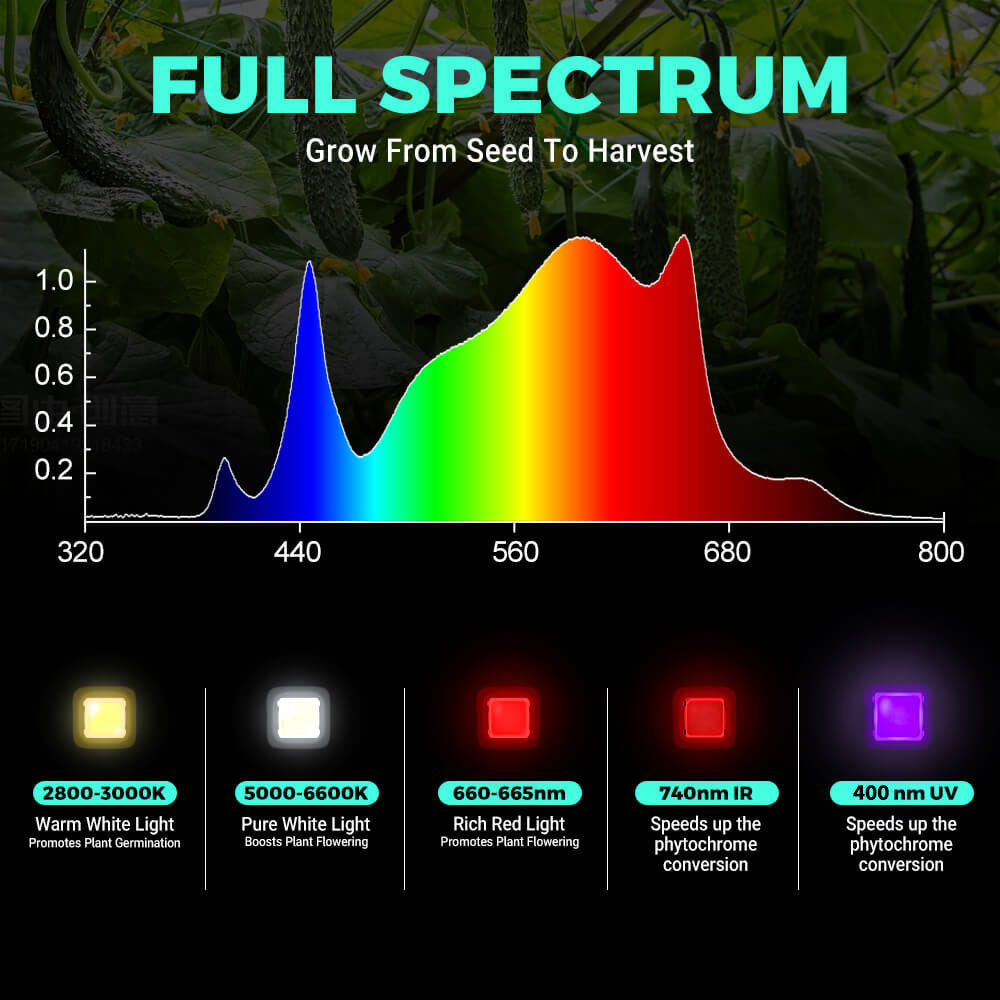


PHLIZON PH-B8-D PLUS 640W Full-spectrum+UV/IR Daisy Chain Dimmable Cost-effective High-yield Commercial LED Grow Light for 4×4FT
- Price
- US$389.99
PHLIZON PL4500 450W Full-spectrum UV/IR Dual-channel Daisy Chain Dimmable Cost-effective High-yield Commercial LED Grow Light for 3×3FT
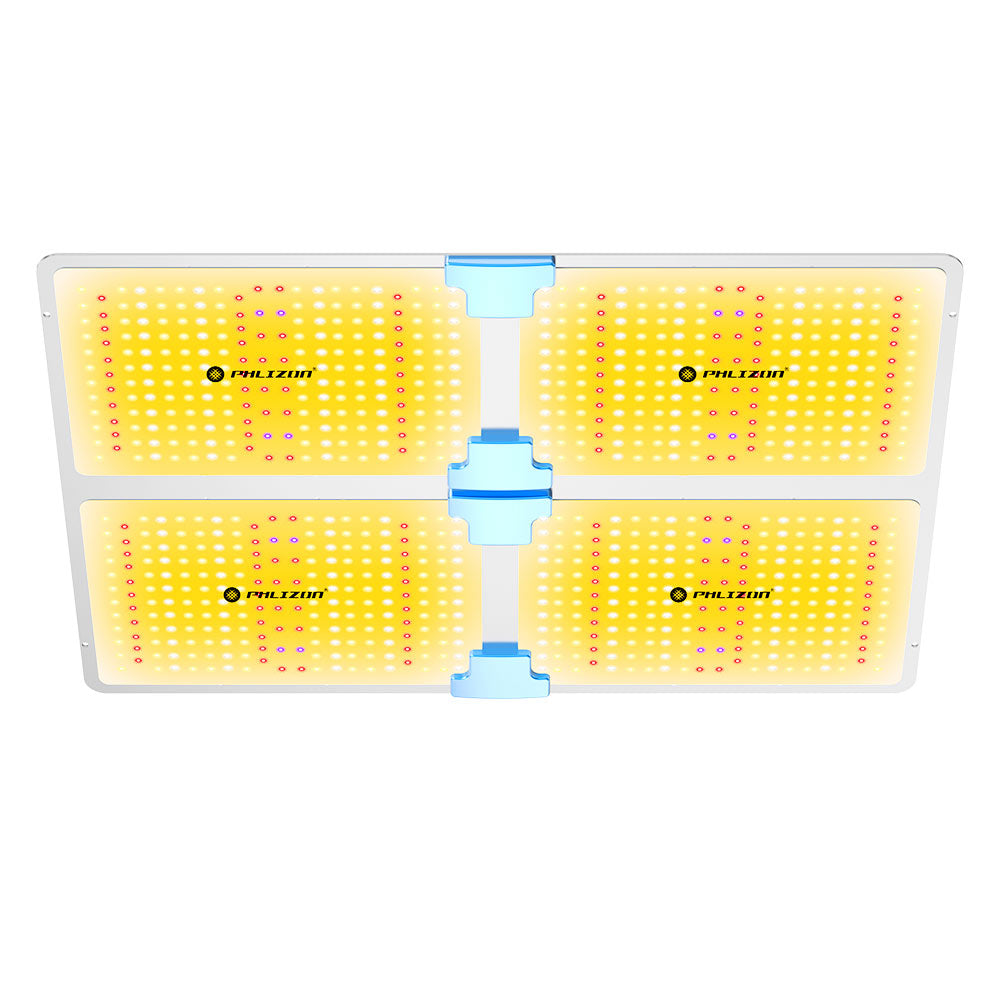
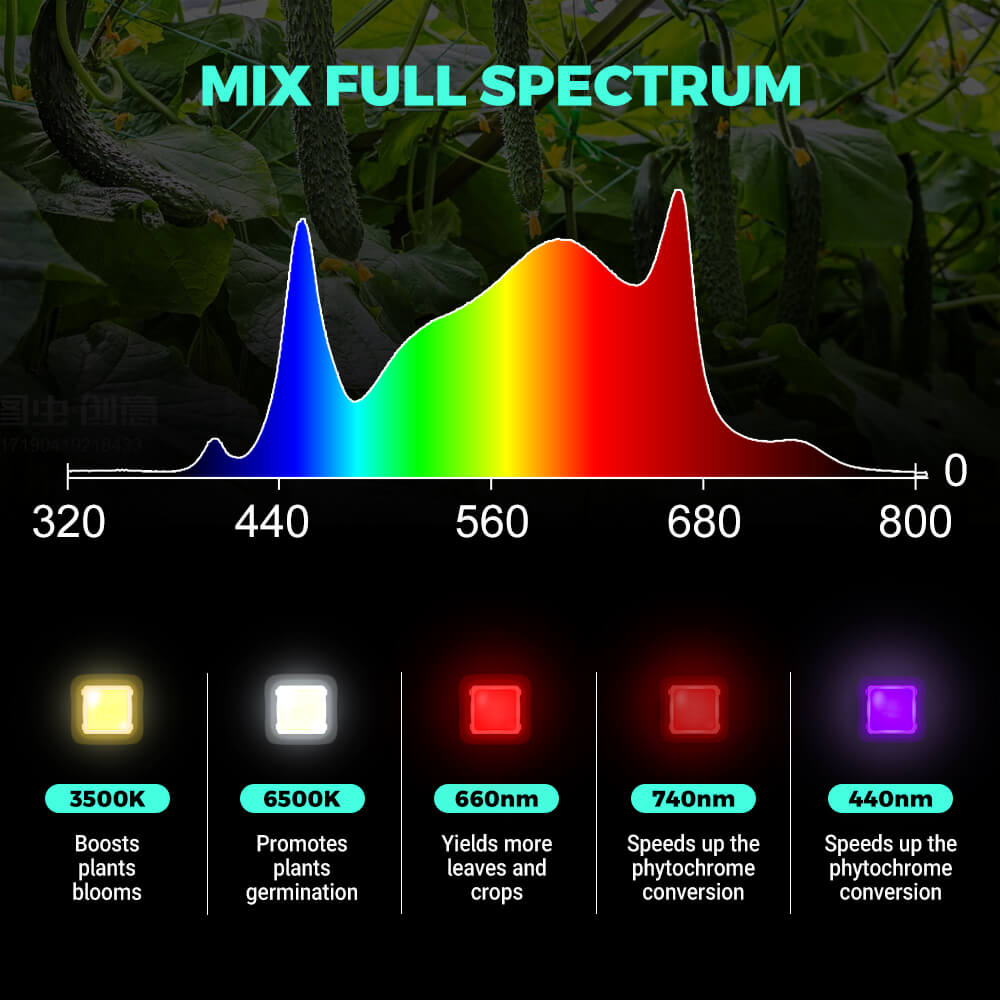


PHLIZON PL4500 450W Full-spectrum UV/IR Dual-channel Daisy Chain Dimmable Cost-effective High-yield Commercial LED Grow Light for 3×3FT
- Price
- US$239.99
PHLIZON FD4500 450W Full-spectrum Daisy Chain Dimmable Cost-effective High-yield Commercial LED Grow Light for 4×4FT
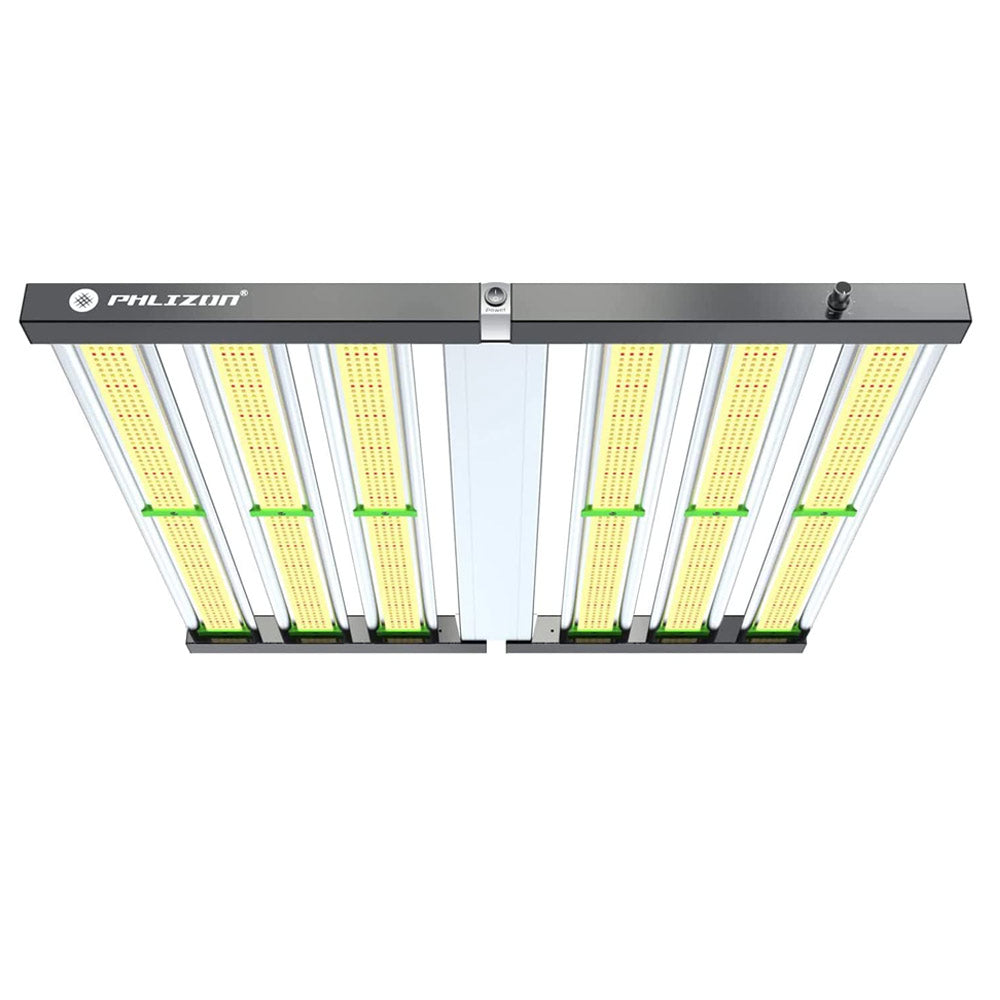
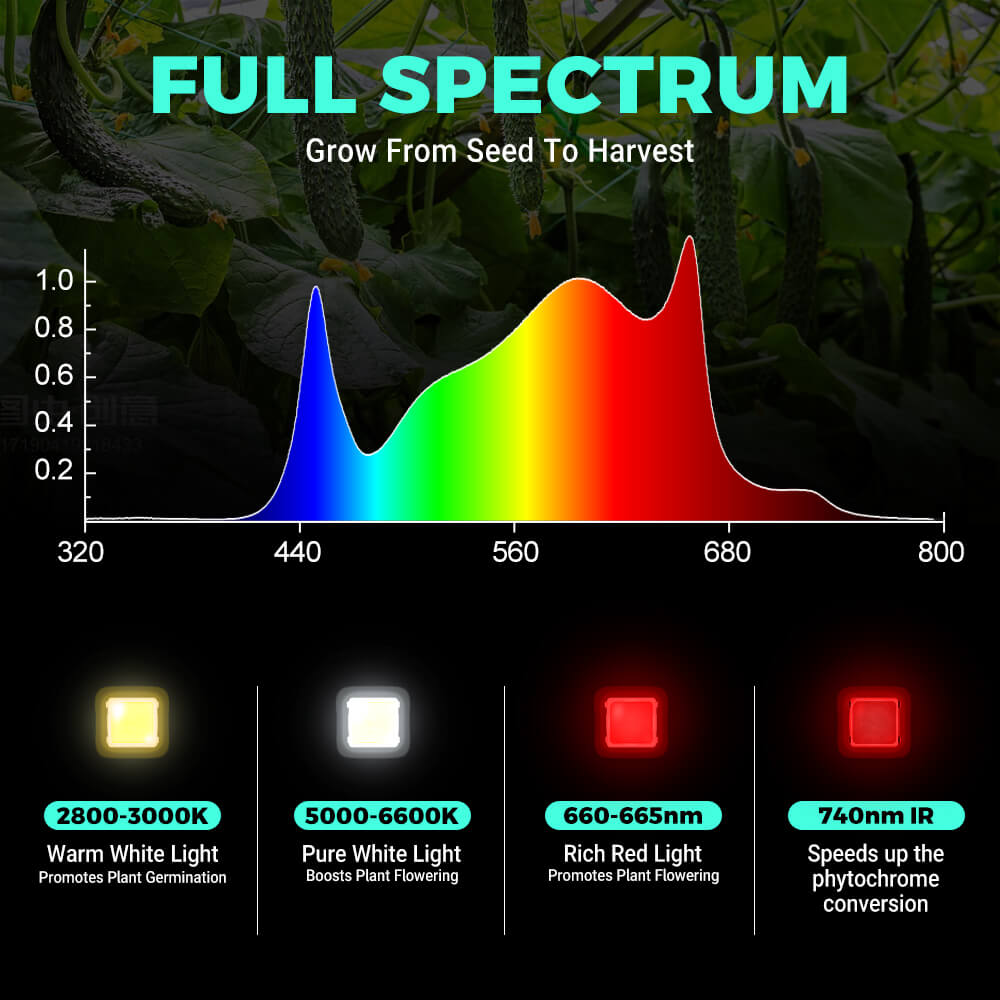


PHLIZON FD4500 450W Full-spectrum Daisy Chain Dimmable Cost-effective High-yield Commercial LED Grow Light for 4×4FT
- Price
- US$299.99
PHLIZON PL1000 100W Full-spectrum Dimmable QB LED Grow Light (no daisy chain)

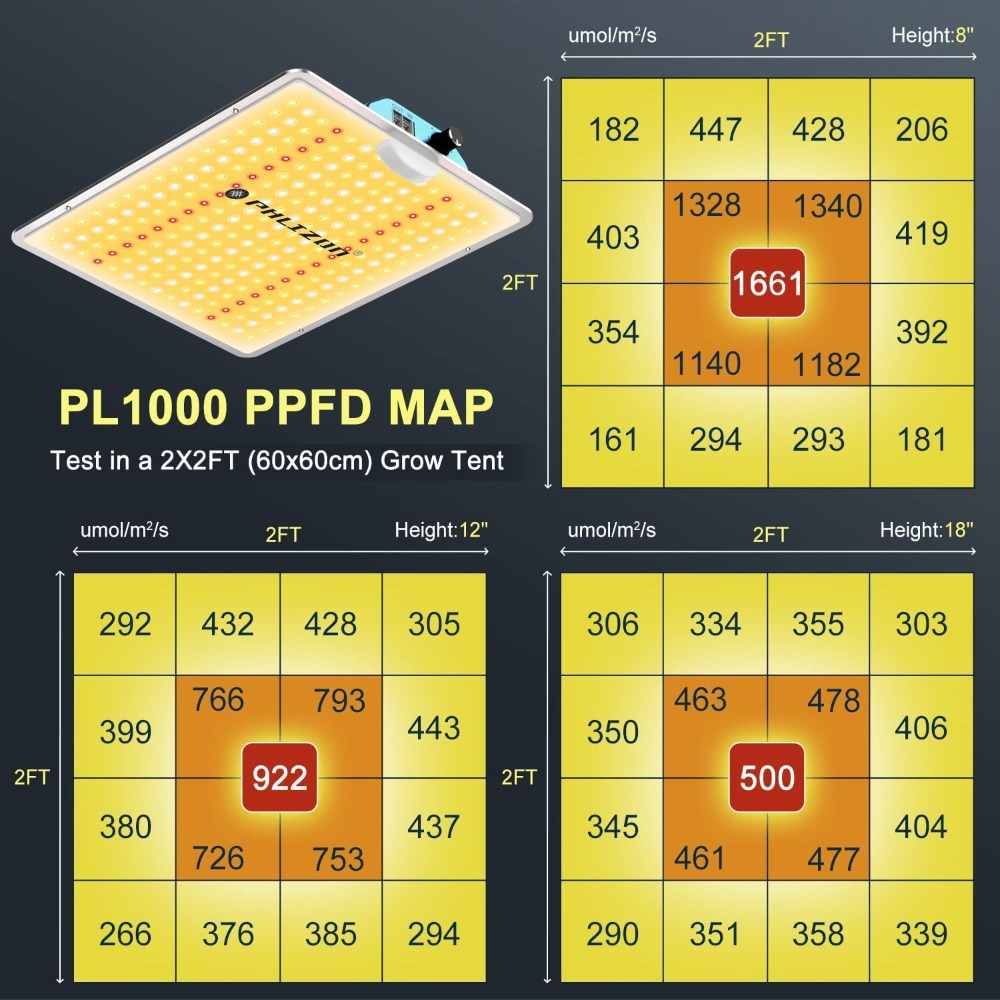


PHLIZON PL1000 100W Full-spectrum Dimmable QB LED Grow Light (no daisy chain)
- Price
- US$129.99
PHLIZON FD6000 PLUS 640W Full-spectrum Daisy Chain Dimmable Cost-effective High-yield Commercial LED Grow Light for 4×4FT
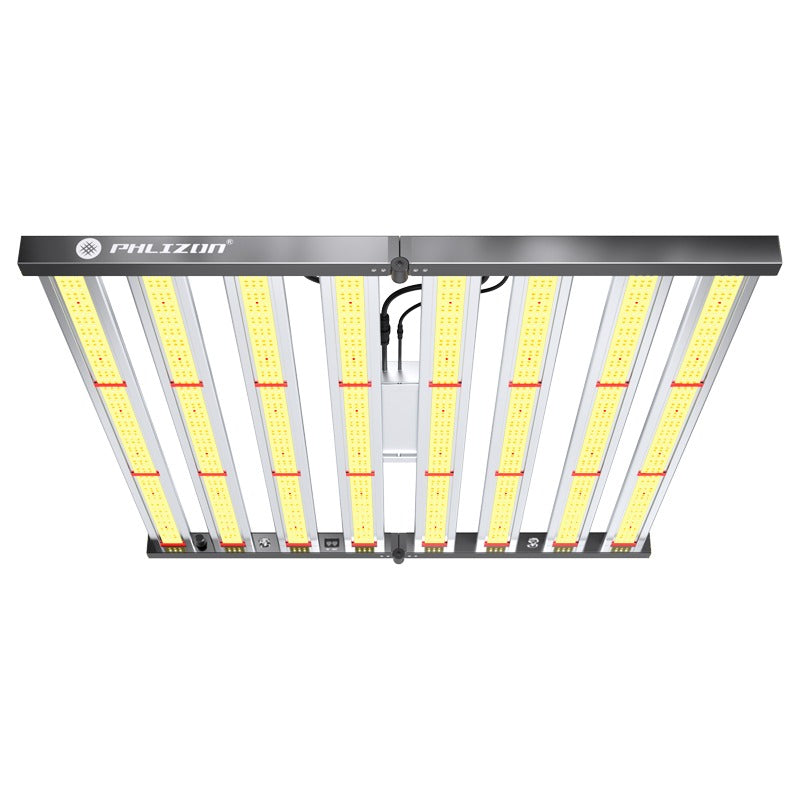
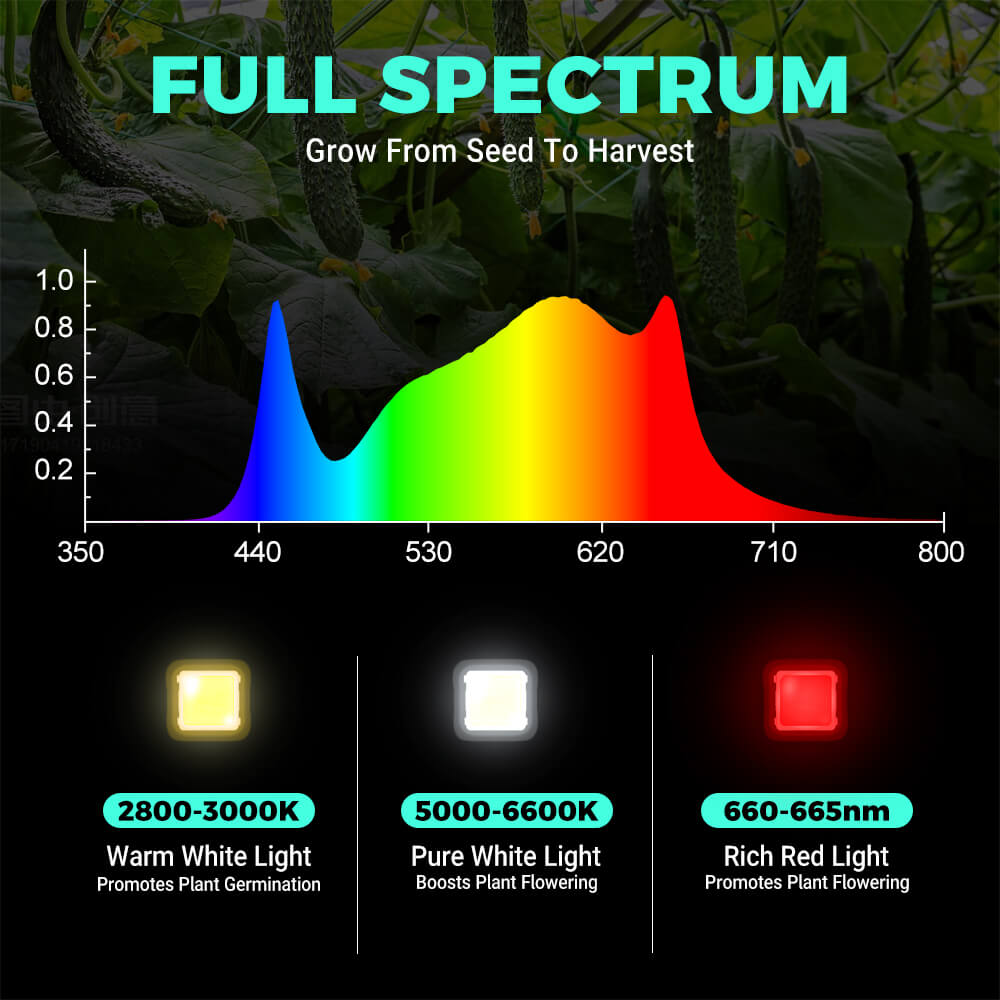
23% off


PHLIZON FD6000 PLUS 640W Full-spectrum Daisy Chain Dimmable Cost-effective High-yield Commercial LED Grow Light for 4×4FT
- Sale price
- US$299.99
- Regular price
- US$389.99
PHLIZON PH-B10-D PLUS 800W Full-spectrum+UV/IR Daisy Chain Dimmable Cost-effective High-yield Commercial LED Grow Light for 5×5FT
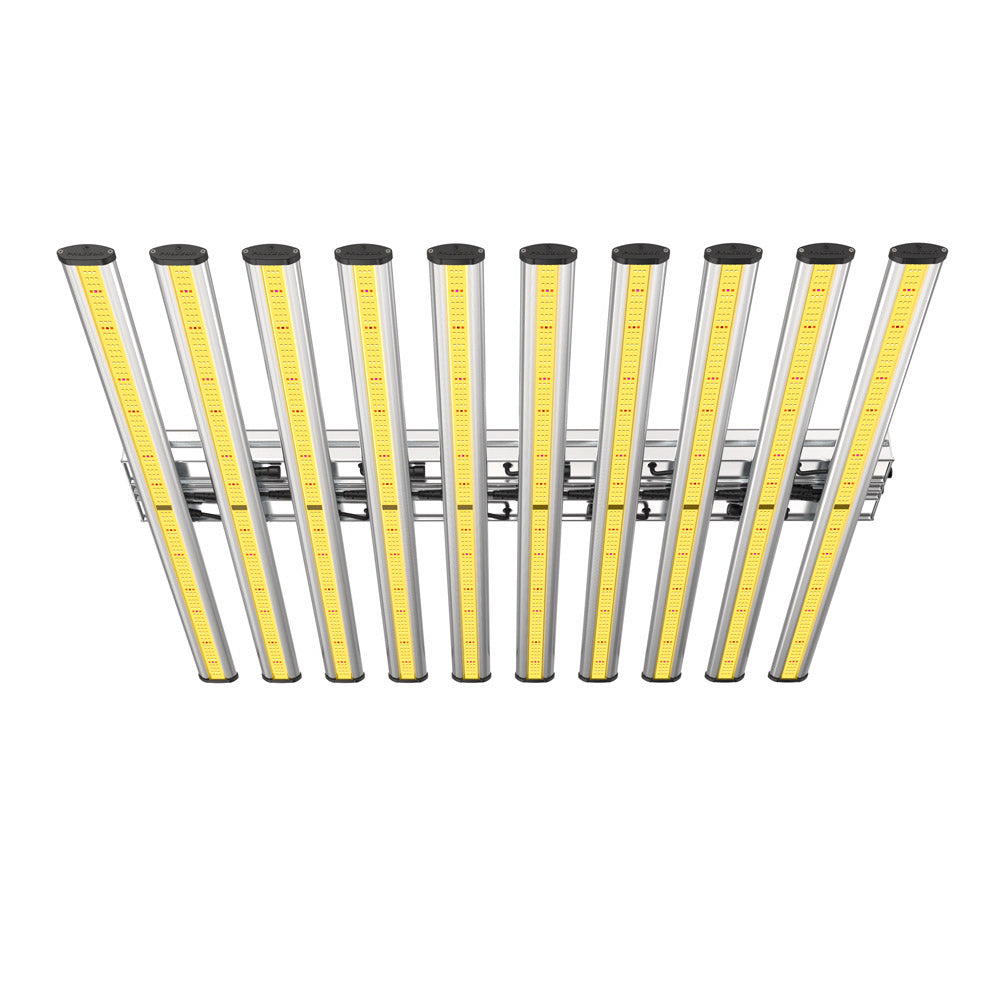

5% off


PHLIZON PH-B10-D PLUS 800W Full-spectrum+UV/IR Daisy Chain Dimmable Cost-effective High-yield Commercial LED Grow Light for 5×5FT
- Sale price
- US$399.99
- Regular price
- US$419.99
PHLIZON PL2000 200W Full-spectrum+UV/IR Daisy Chain Dimmable Cost-effective High-yield Commercial LED Grow Light for 2×2FT
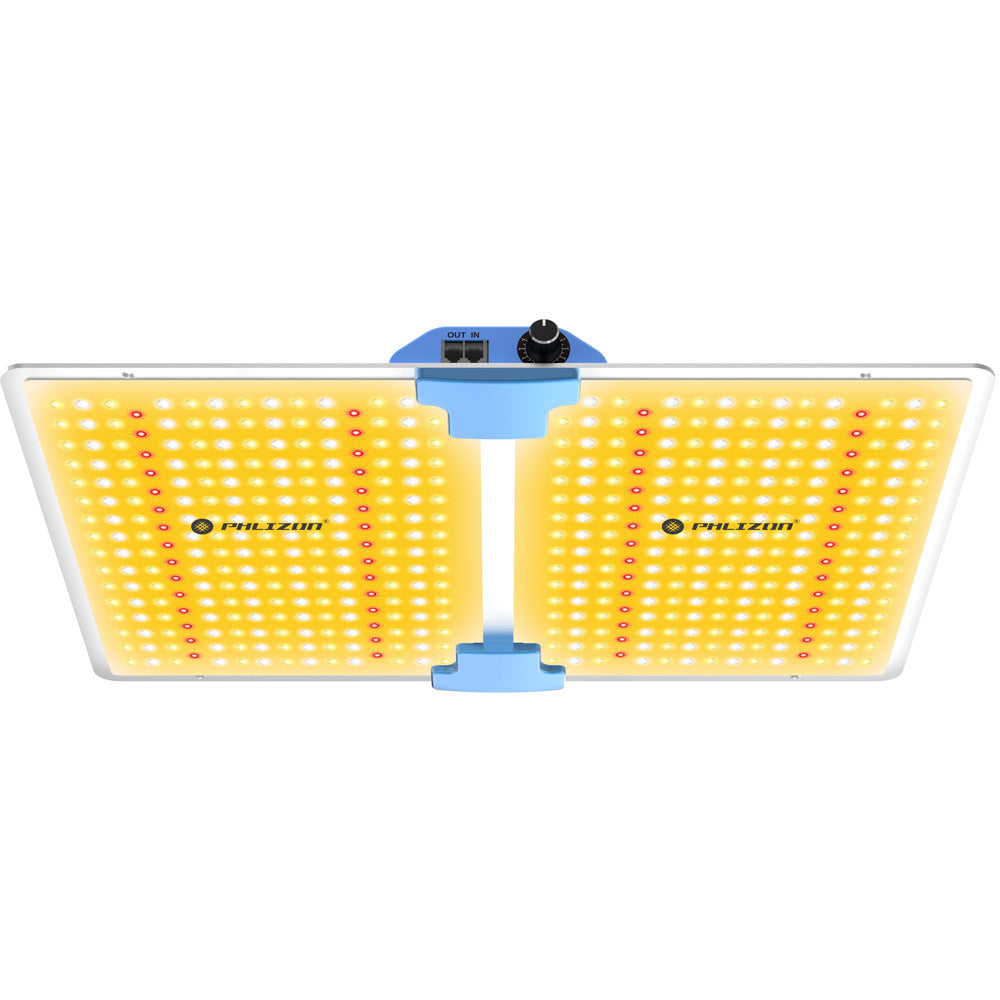
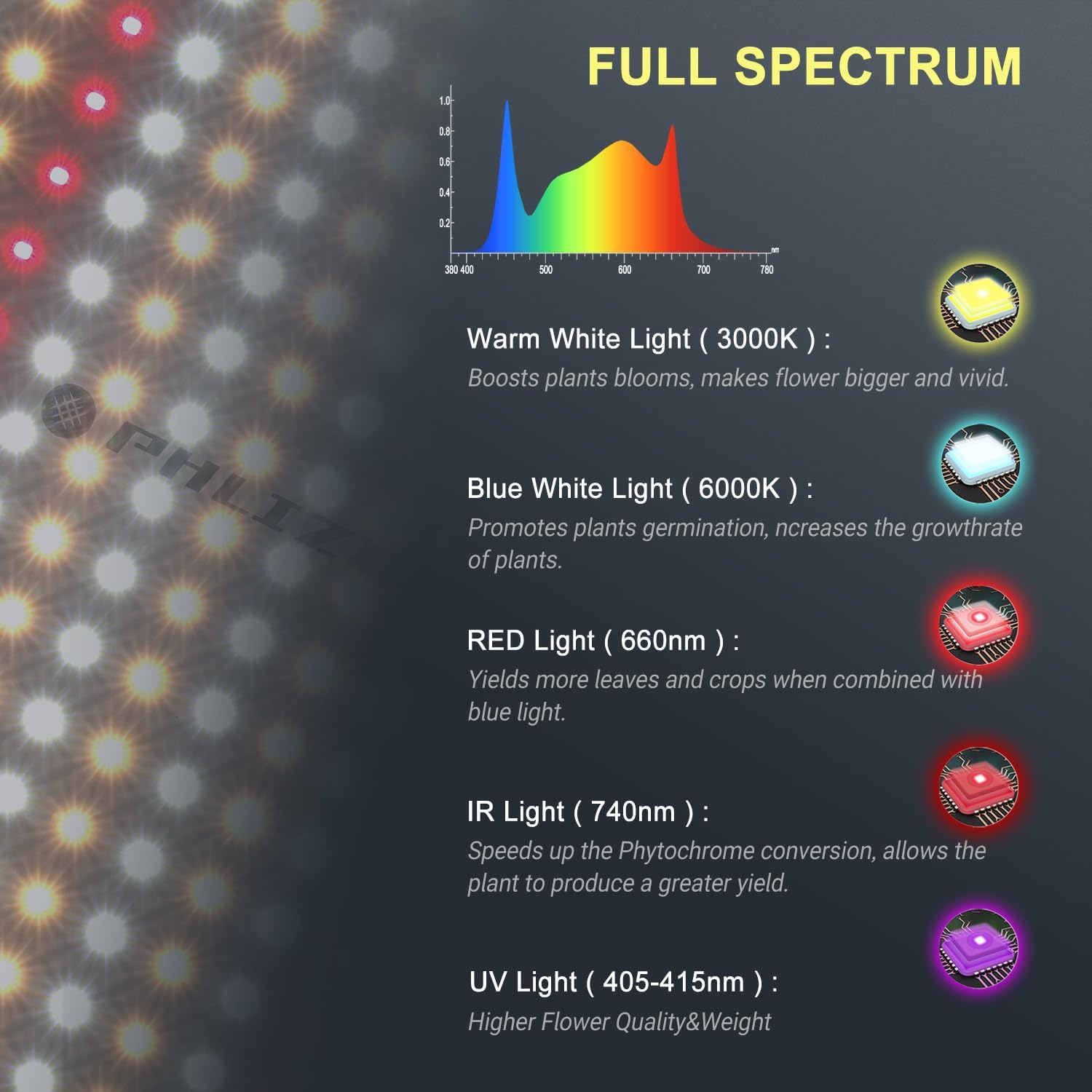


PHLIZON PL2000 200W Full-spectrum+UV/IR Daisy Chain Dimmable Cost-effective High-yield Commercial LED Grow Light for 2×2FT
- Price
- US$129.99
PHLIZON FD4000 420W Full-spectrum Daisy Chain Dimmable Cost-effective High-yield Commercial LED Grow Light for 4×4FT
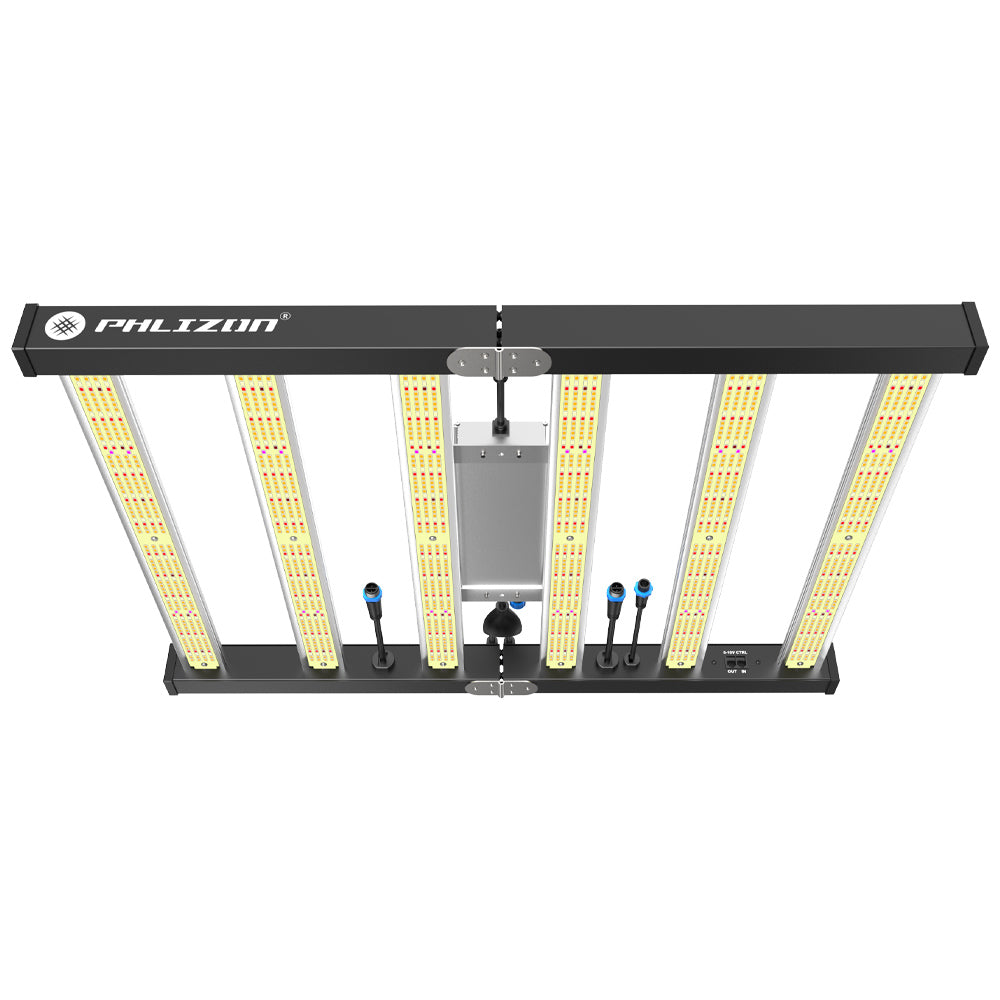
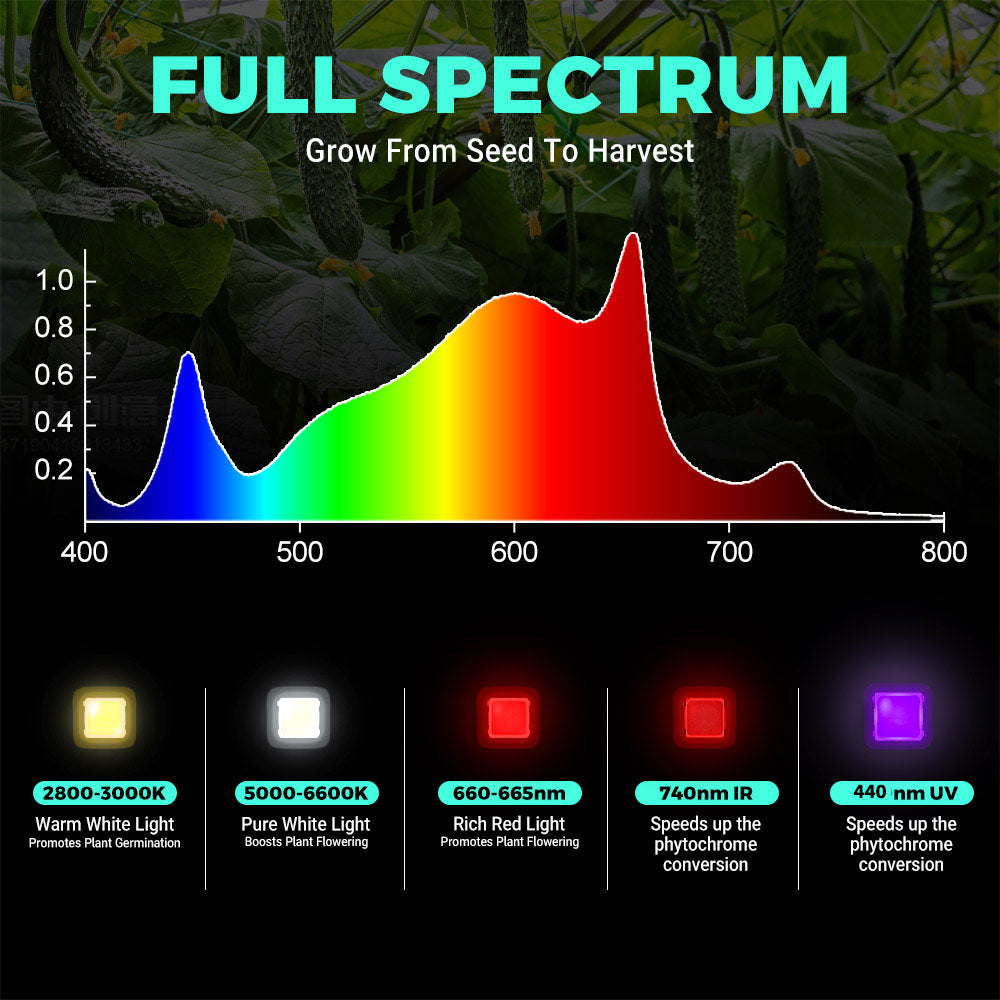


PHLIZON FD4000 420W Full-spectrum Daisy Chain Dimmable Cost-effective High-yield Commercial LED Grow Light for 4×4FT
- Price
- US$229.99
PHLIZON PHB6 320W Full-spectrum+UV/IR Daisy Chain Dimmable Cost-effective High-yield Commercial LED Grow Light for 3×3FT
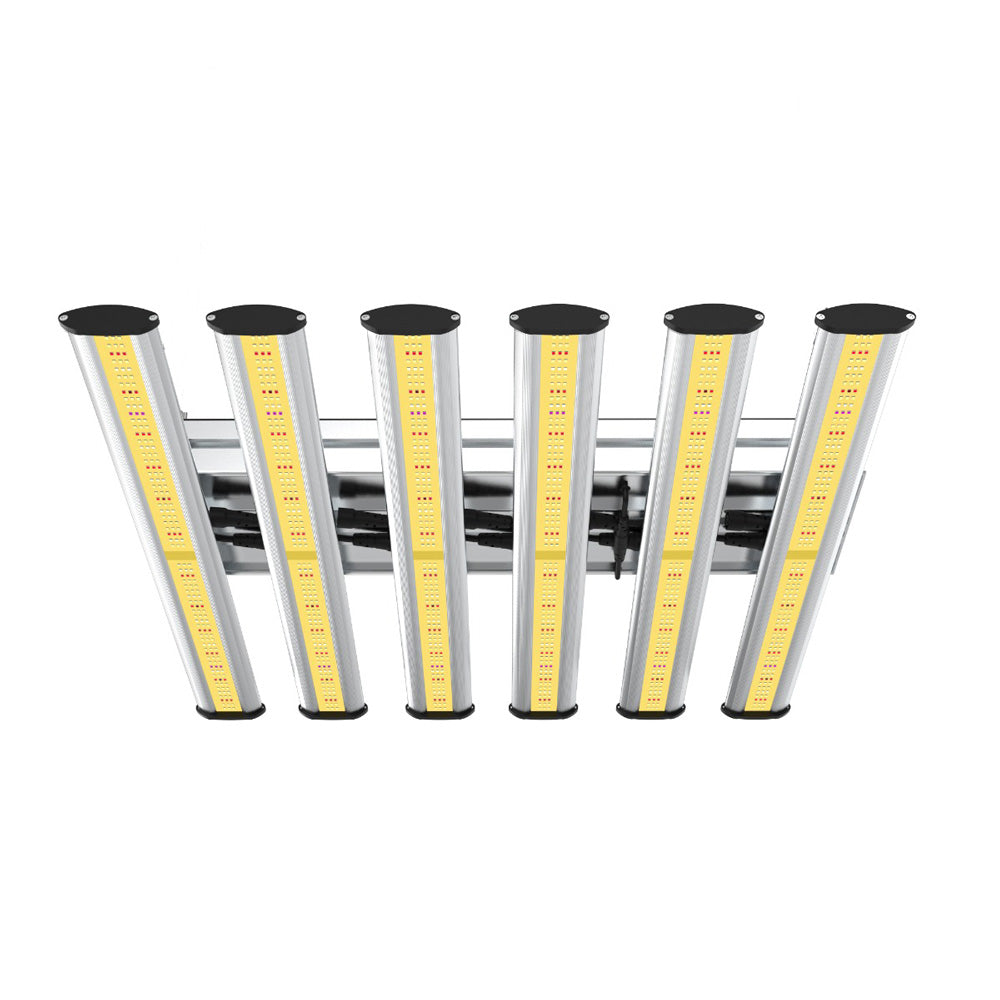
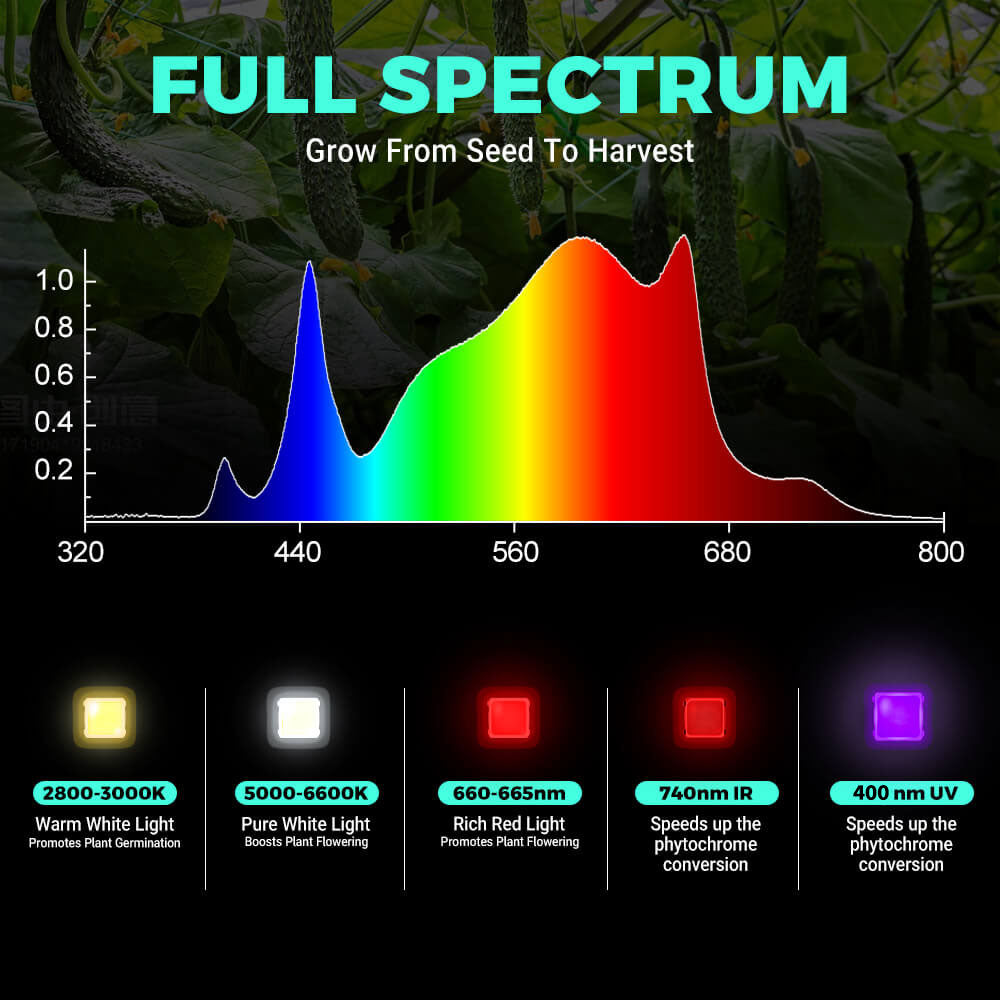
17% off


PHLIZON PHB6 320W Full-spectrum+UV/IR Daisy Chain Dimmable Cost-effective High-yield Commercial LED Grow Light for 3×3FT
- Sale price
- US$199.99
- Regular price
- US$239.99
PHLIZON PH-B8-D PLUS 640W Full-spectrum UV/IR LED Grow Light Triple-channel Dimming
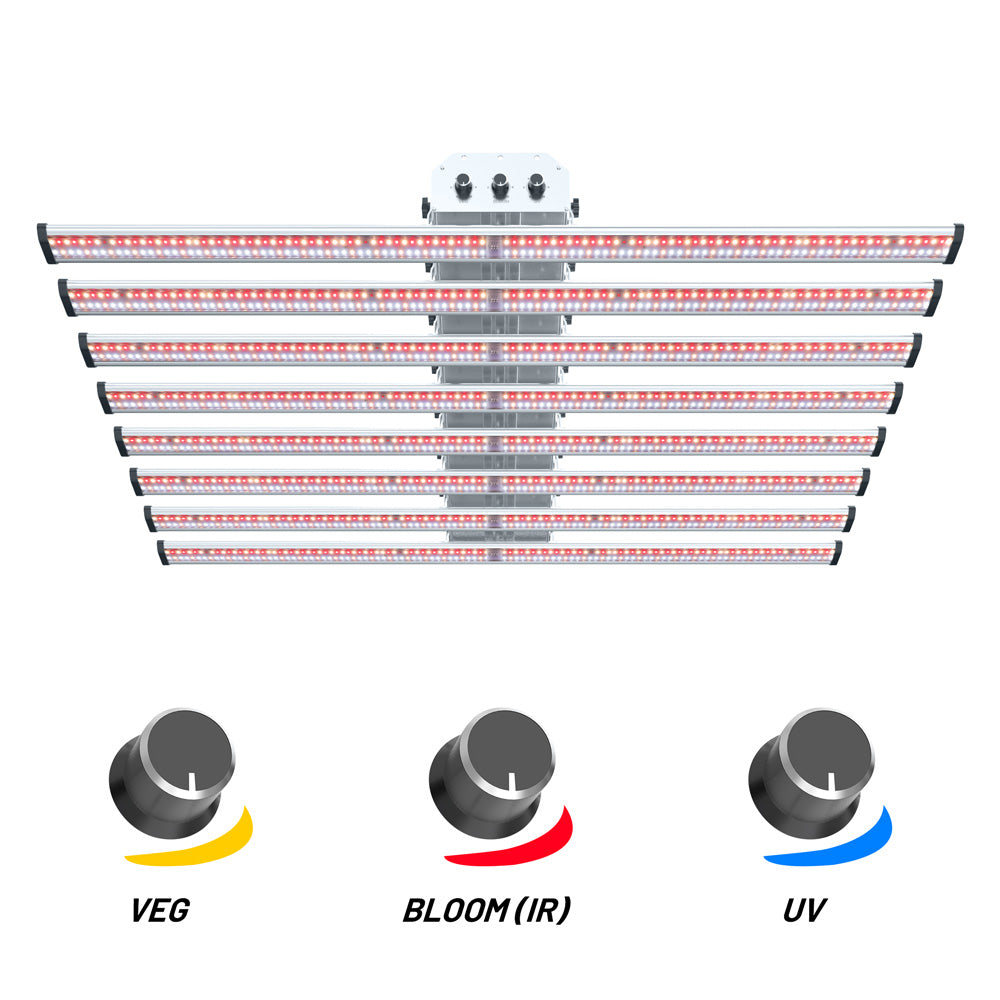
Sold out

PHLIZON PH-B8-D PLUS 640W Full-spectrum UV/IR LED Grow Light Triple-channel Dimming
- Price
- US$459.99
PHLIZON LED Grow Light Smart Universal Controller(RJ14 and RJ45 Port)
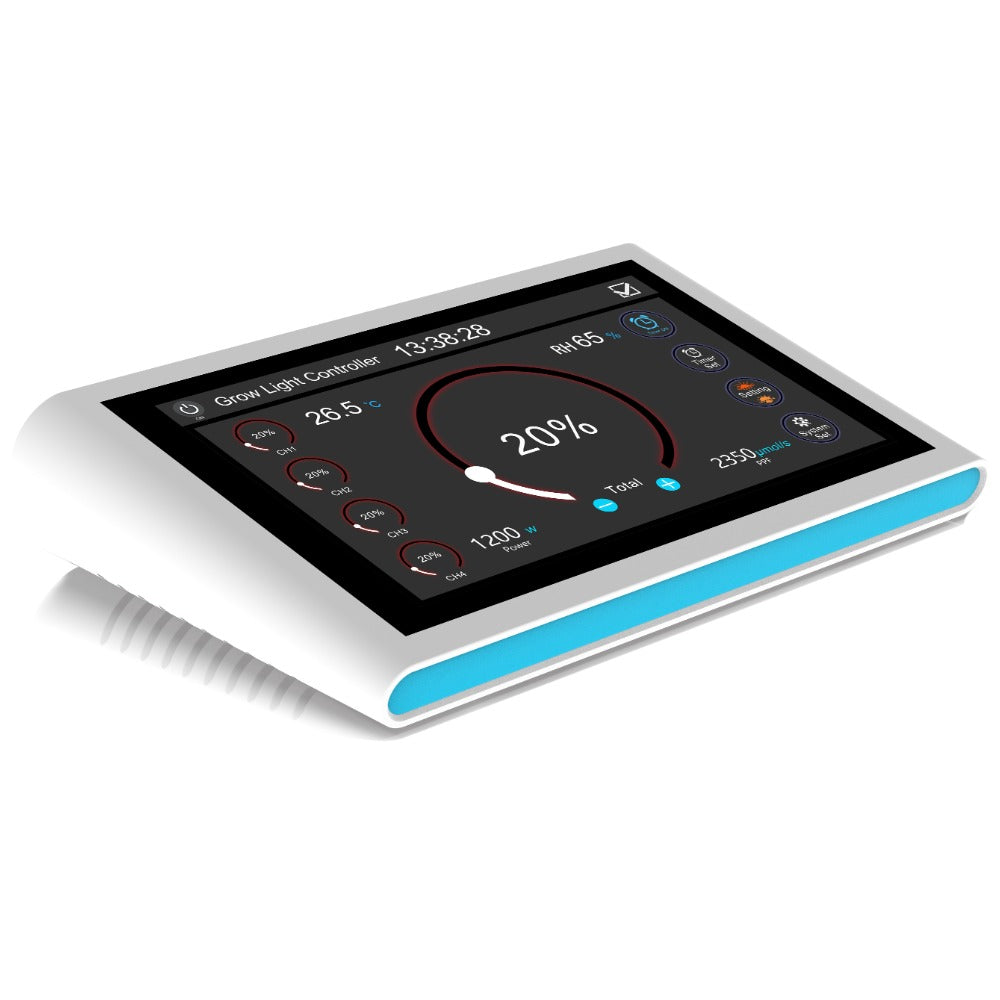
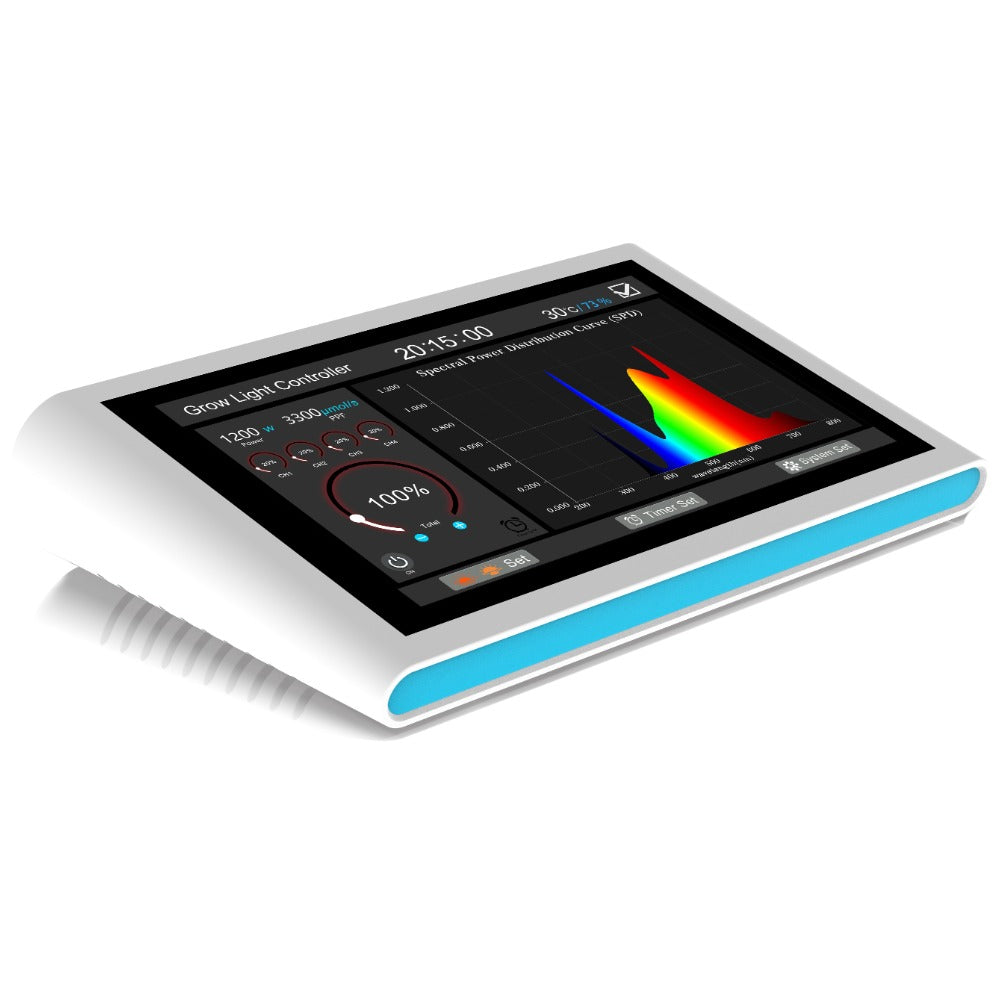


PHLIZON LED Grow Light Smart Universal Controller(RJ14 and RJ45 Port)
- Price
- US$259.99
PHLIZON PHD6 100W Dual-channel 600 Full-spectrum+UV/IR LED Grow Light for 2x2FT( no daisy chain)
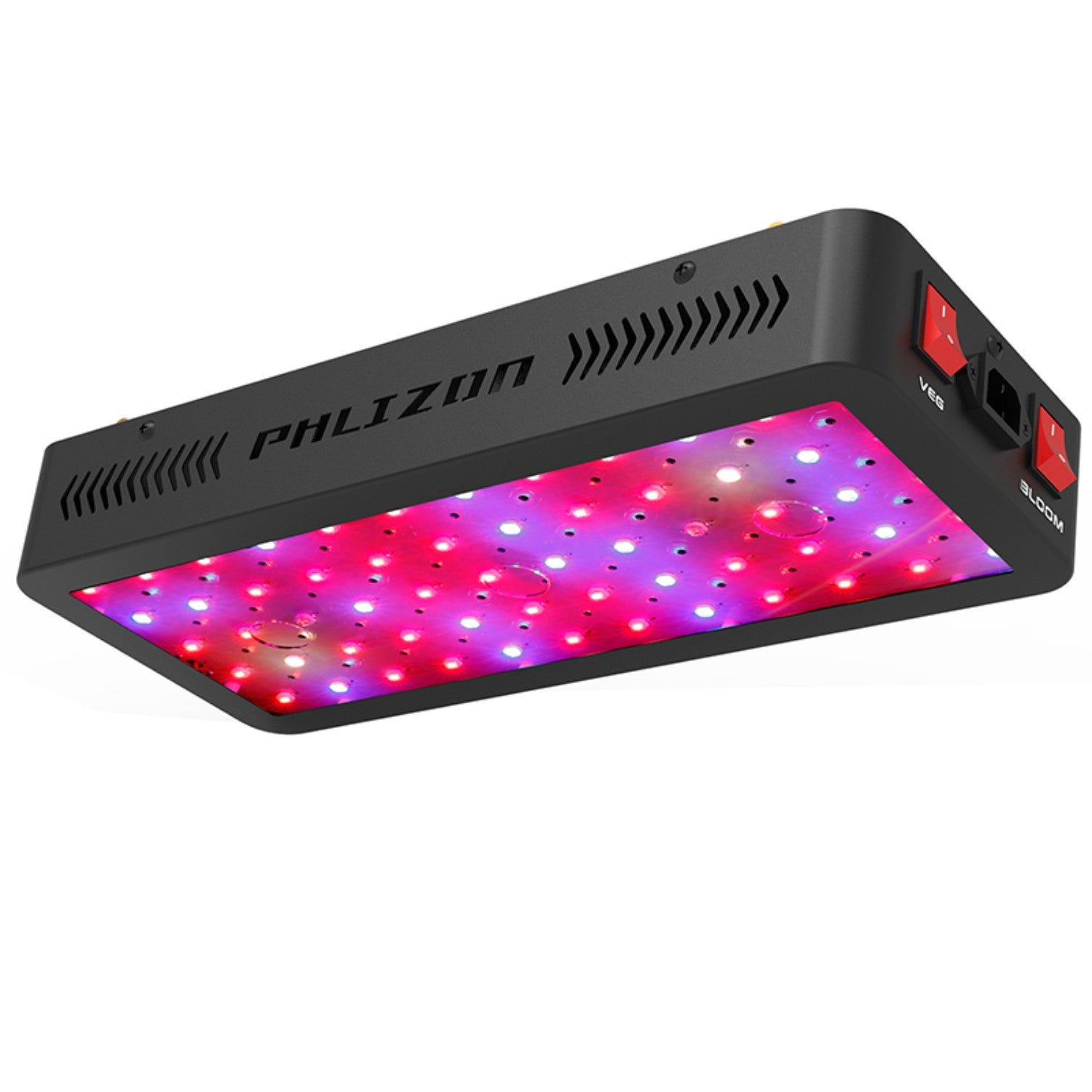
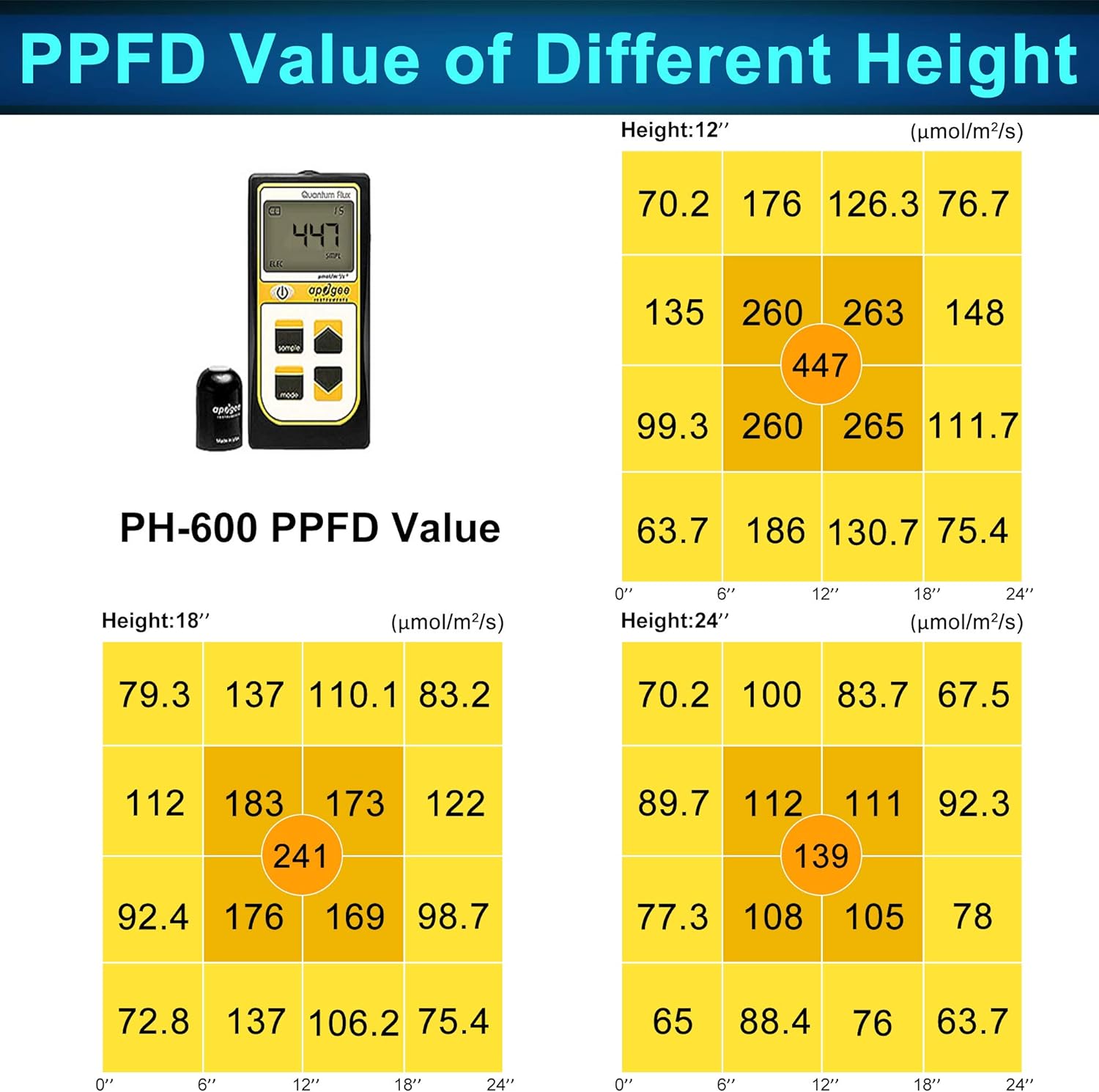


PHLIZON PHD6 100W Dual-channel 600 Full-spectrum+UV/IR LED Grow Light for 2x2FT( no daisy chain)
- Price
- US$119.99
PHLIZON FD7600 800W Full-Spectrum+UV/IR Daisy Chain Dimmable Cost-effective High-yield Commercial LED Grow Light for 6×6FT
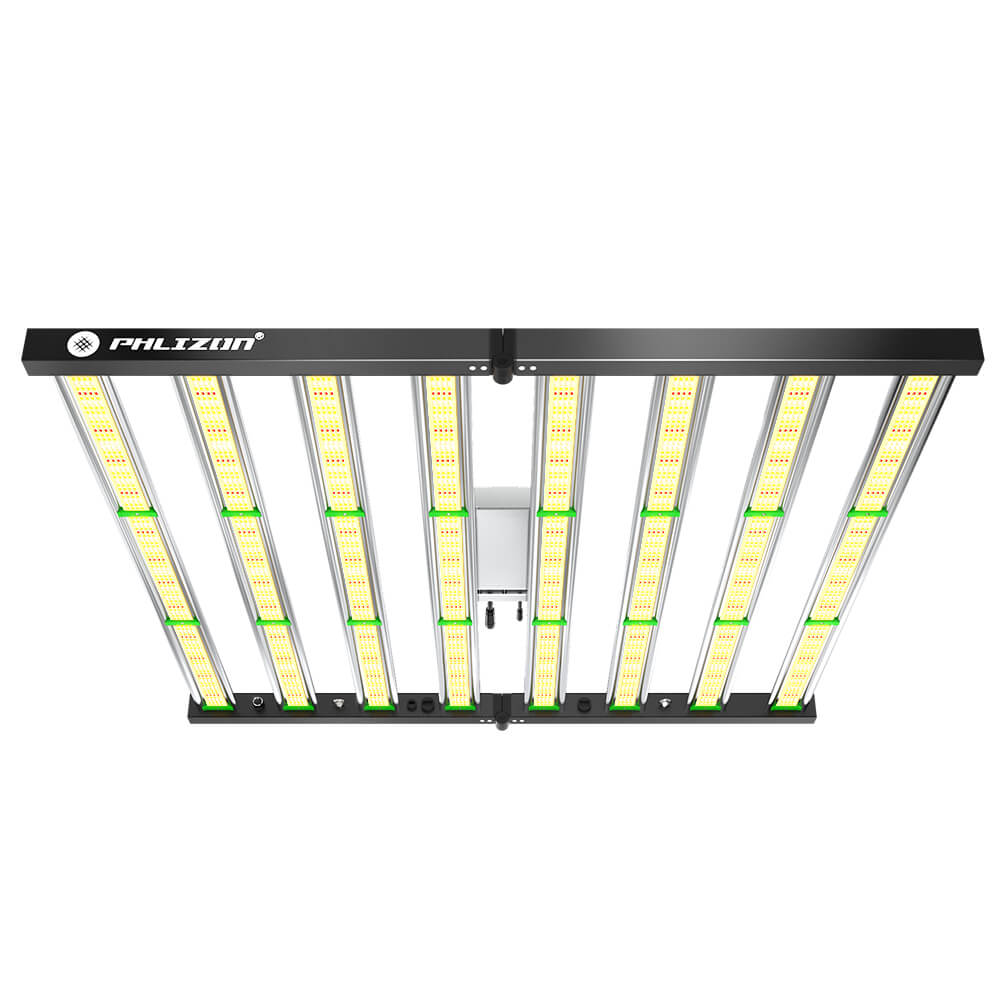
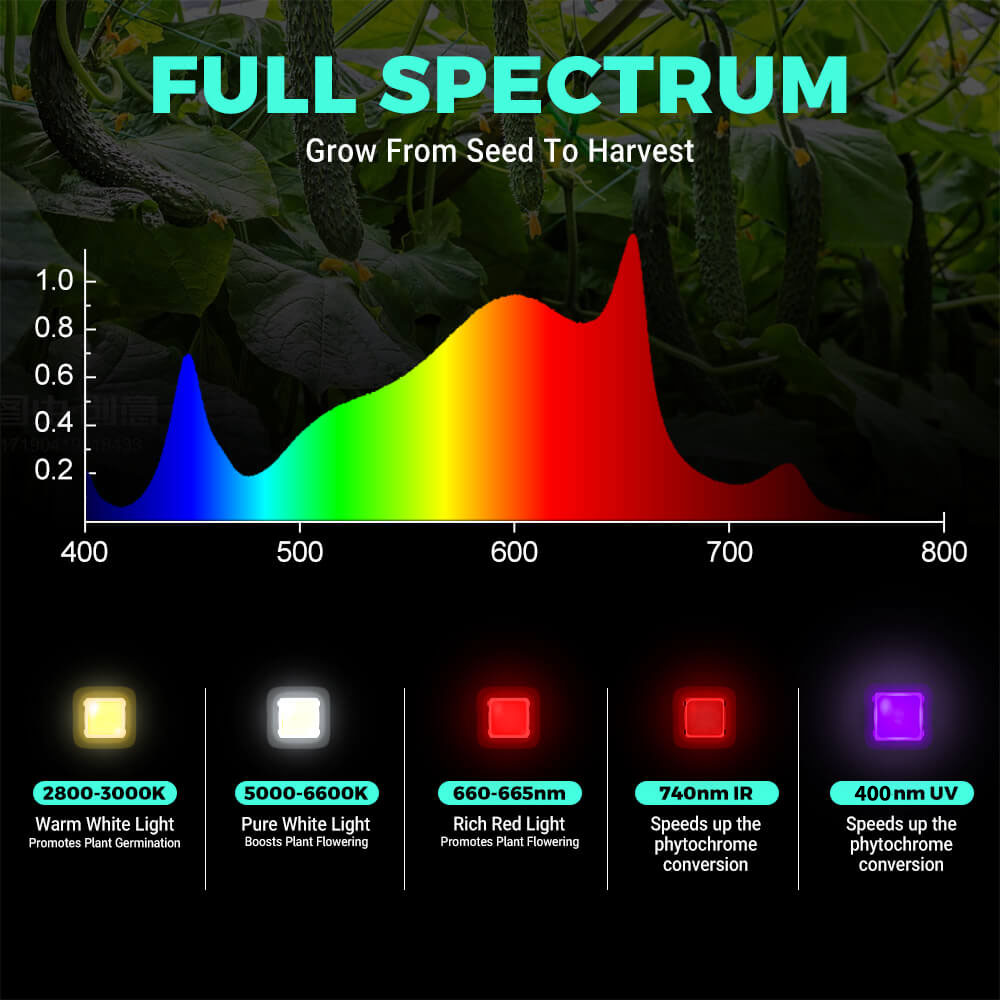


PHLIZON FD7600 800W Full-Spectrum+UV/IR Daisy Chain Dimmable Cost-effective High-yield Commercial LED Grow Light for 6×6FT
- Price
- US$449.99
Phlizon PH-DT4-240 240W Full-spectrum Daisy Chain Dimmable LED Grow Light with Removable Driver
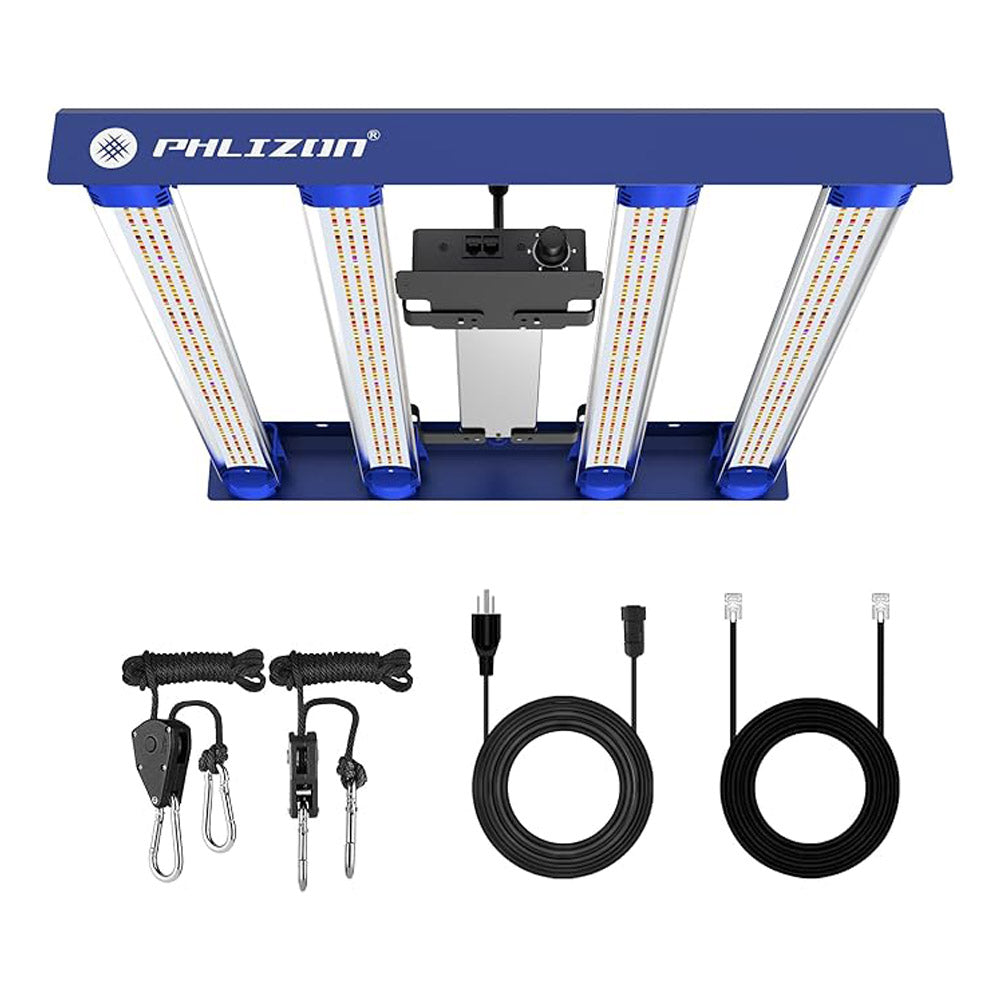
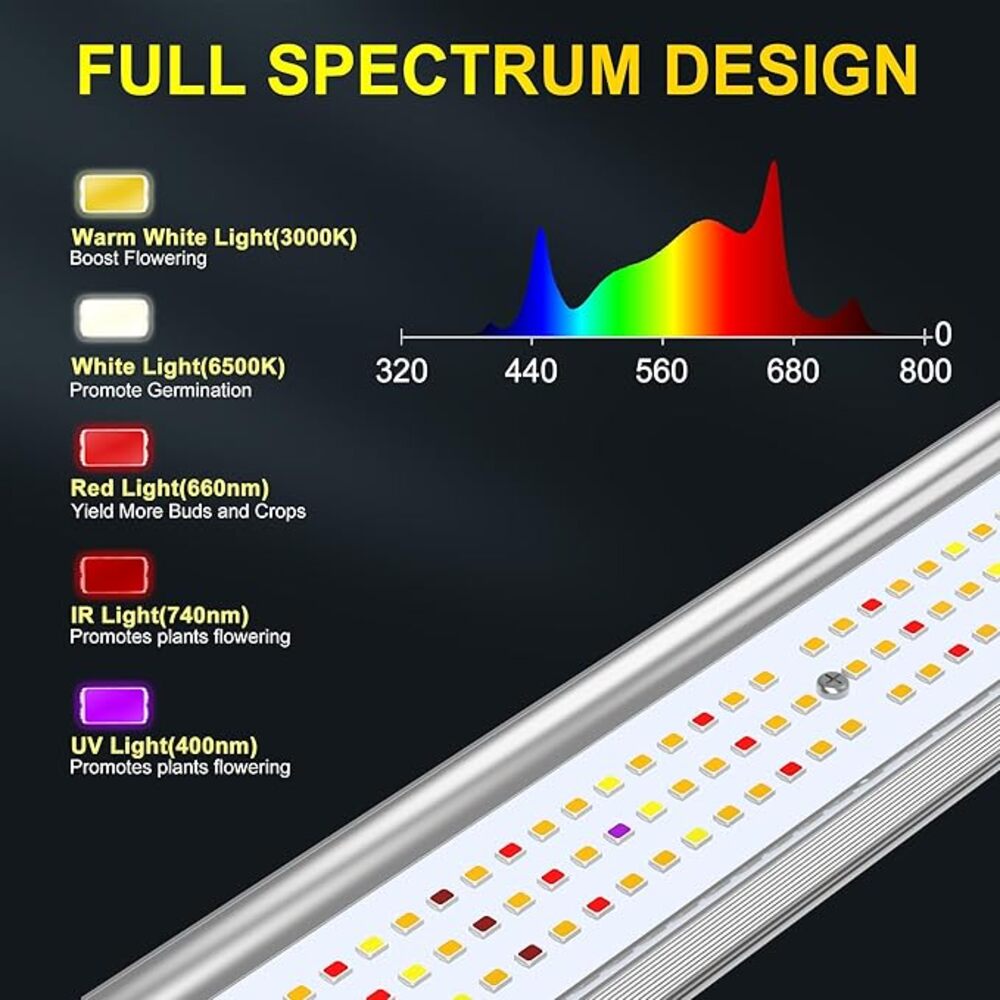


Phlizon PH-DT4-240 240W Full-spectrum Daisy Chain Dimmable LED Grow Light with Removable Driver
- Price
- US$139.99
PHLIZON PL3000 300W Full-spectrum Daisy Chain Dimmable QB LED Grow Light with UVIR LED
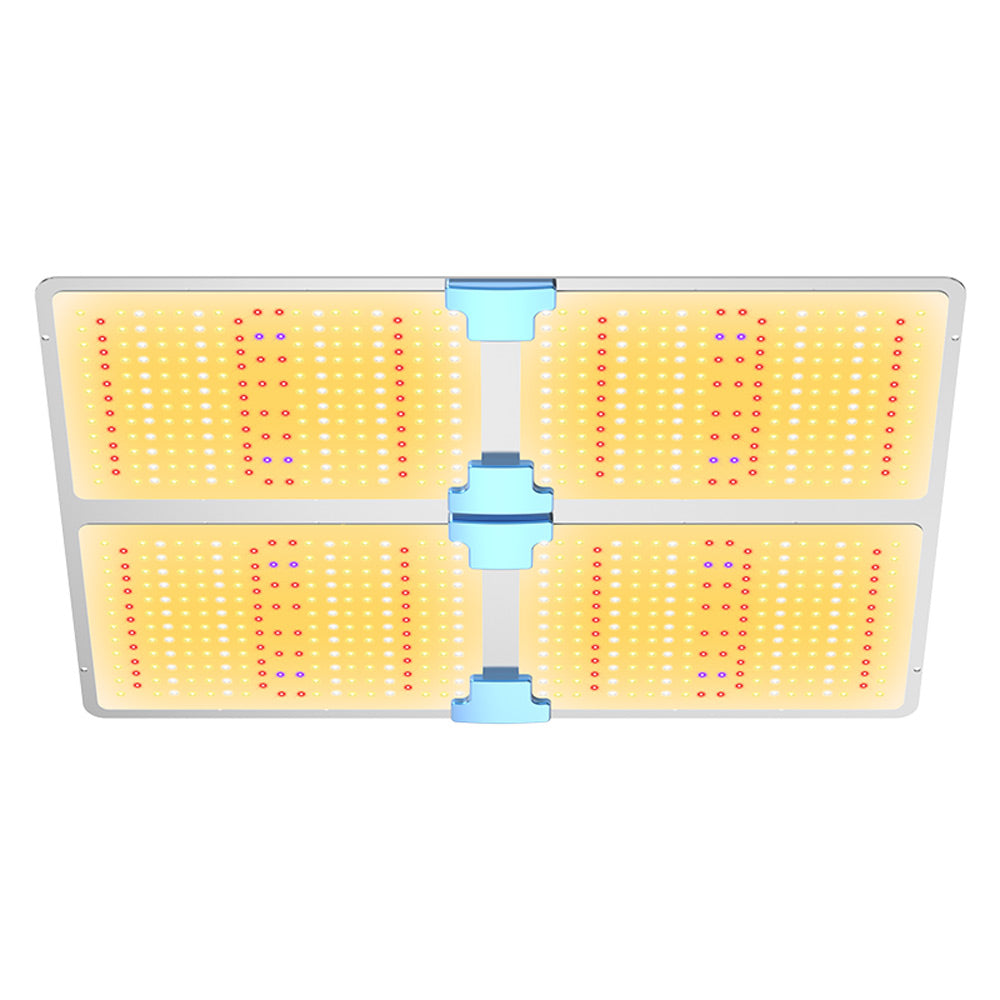
Sold out

PHLIZON PL3000 300W Full-spectrum Daisy Chain Dimmable QB LED Grow Light with UVIR LED
- Price
- US$179.99
PHLIZON FD7500 PLUS 720W Full-spectrum Daisy Chain Dimmable Cost-effective High-yield Commercial LED Grow Light
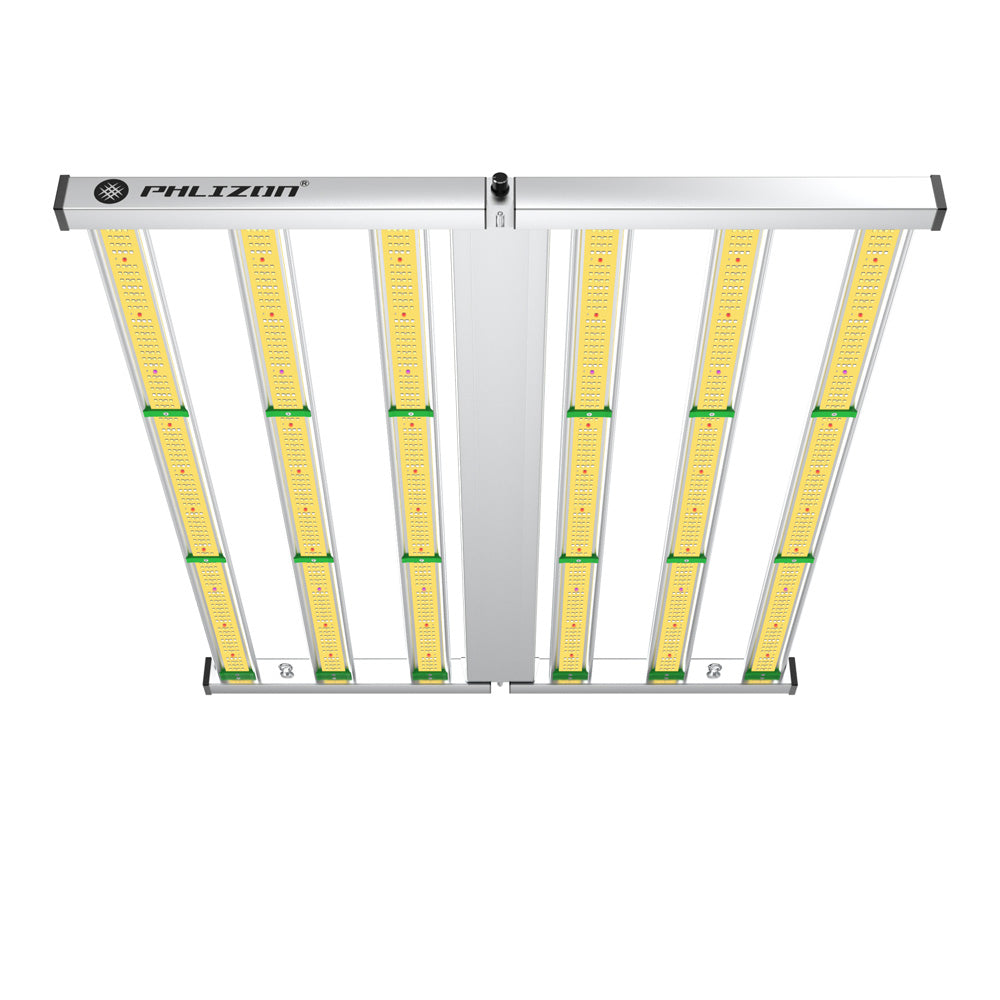
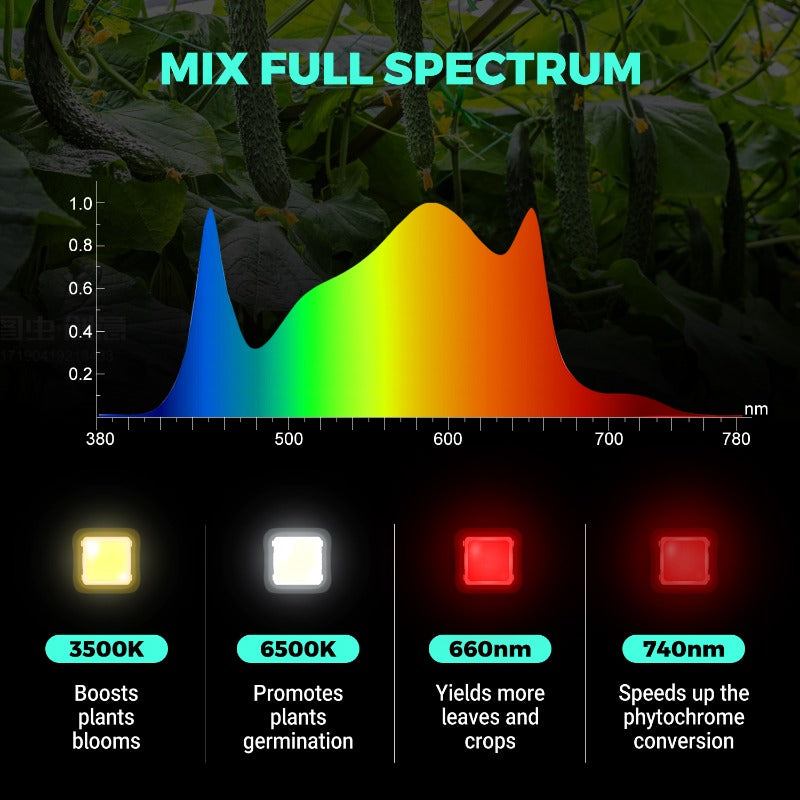


PHLIZON FD7500 PLUS 720W Full-spectrum Daisy Chain Dimmable Cost-effective High-yield Commercial LED Grow Light
- Price
- US$489.99
PHLIZON PH-FD04-I 1000W Full-spectrum Dimmable LED Grow Light with Optical Lens Improved Lighting Uniformity
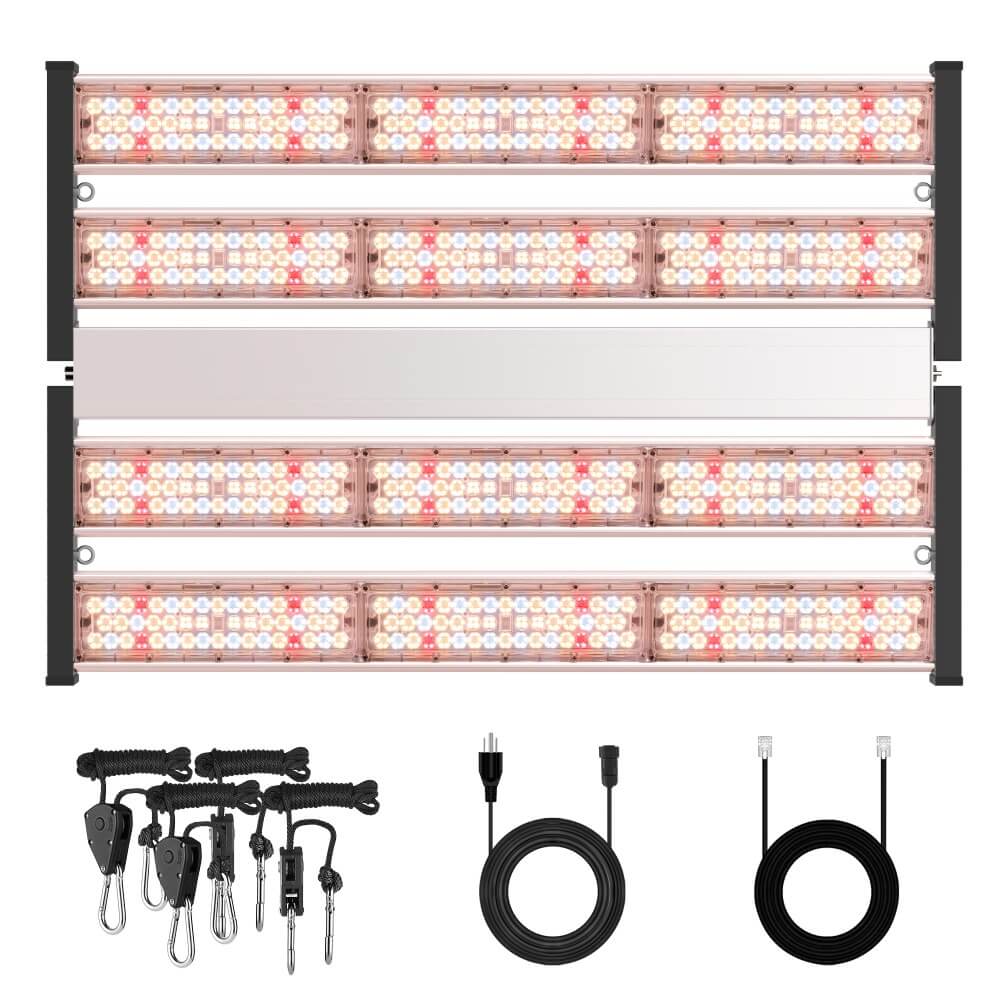
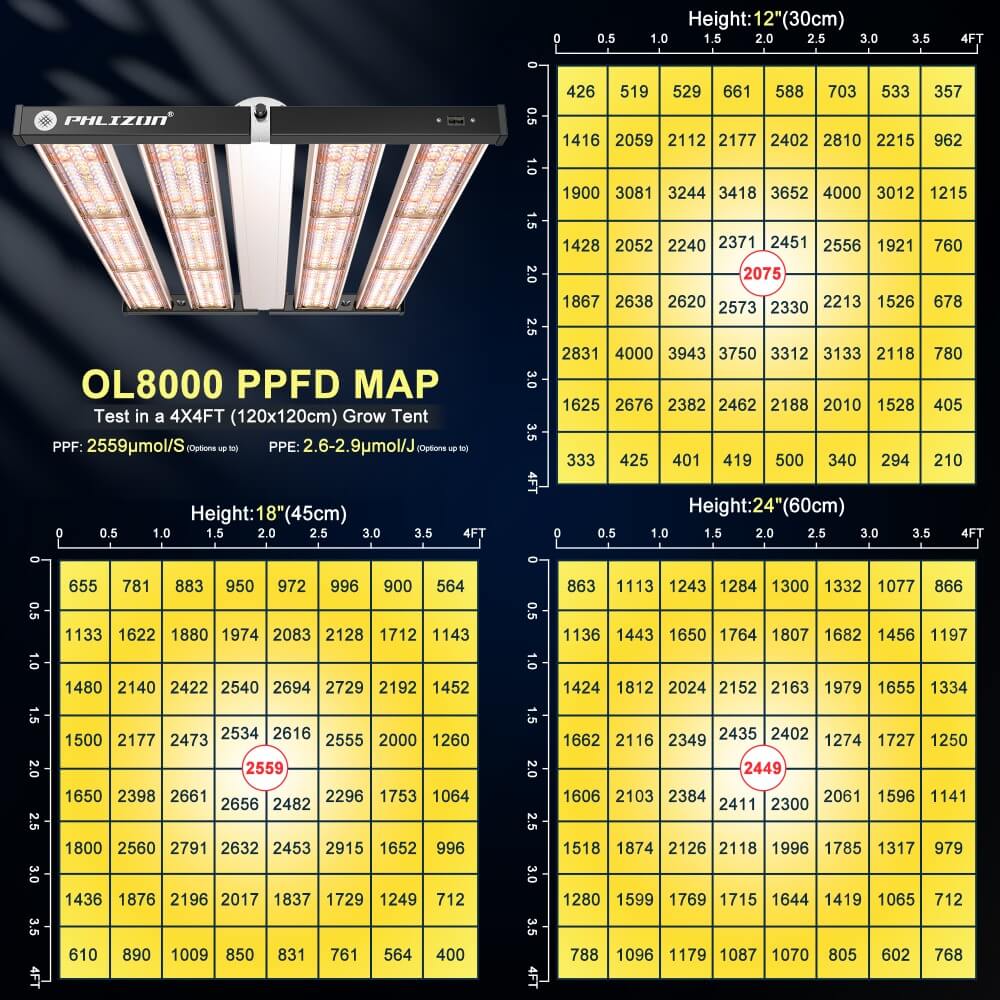


PHLIZON PH-FD04-I 1000W Full-spectrum Dimmable LED Grow Light with Optical Lens Improved Lighting Uniformity
- Price
- US$899.99
Selection Criteria
Every light in our collection meets these high standards:
- Spectrum Quality: Full-spectrum light with red, blue, and white wavelengths
to fuel plant growth at every stage. - Power Output: High PAR values to ensure deep canopy penetration and robust
yields. - Build and Lifespan: Rugged designs rated for 50,000+ hours of use.
- Value for Money: Premium features at prices that make sense for hobbyists and
pros alike.
Usage Tips
For best results, hang your LED grow light 12-24 inches above your plants, depending on the wattage and growth stage. Seedlings need gentler light, so raise the fixture higher or dim it if possible. During vegetative growth, aim for 18 hours of light daily; switch to 12 hours for flowering. Succulents and herbs thrive under lower intensity, while leafy greens and fruiting crops may need more power.
Trends and Technology Highlights
In 2025, our LED grow lights are smarter and more efficient. We have smart controllers to help you manage better. Full-spectrum LEDs have evolved to include UV and IR wavelengths, promoting stronger stems and bigger blooms. Energy efficiency has also improved—some lights now deliver 3.0 µmol/J, meaning more growth for less electricity.
FAQ
What makes our LED grow lights stand out?
Our lights combine full-spectrum coverage, high efficiency, and durable builds tailored for indoor plants—all at competitive prices.
Can our lights handle all plant types?
Yes! From herbs to fruiting crops, our full-spectrum designs support every growth stage with customizable intensity.
Are they easy to install?
Absolutely. Each light comes with hanging kits and clear instructions!
What LED light is best for growing plants?
The best color LED light for indoor plants typically falls within the red and blue spectrum, as these colors are most effective for photosynthesis. Specifically: Red Light (around 600-700 nm): Promotes flowering and fruiting. Blue Light (around 400-500 nm): Supports vegetative growth and leaf development.
Do plants grow faster under LED?
LED Grow Light is proven to have the ability to grow the plant faster and healthier than some traditional methods such as HPS lighting. What colors of lights are most important for plant growth? A. It is indisputable that the colors red and blue are the most used in plant growth and, therefore, the most important.
Featured blog
- Choosing a selection results in a full page refresh.








